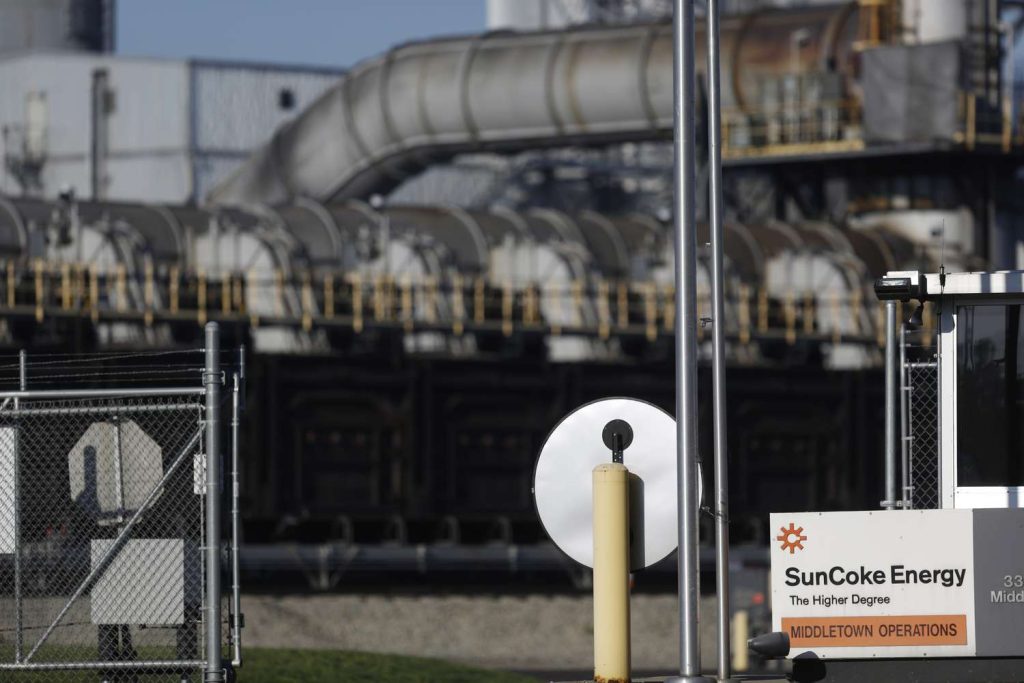Introduction: Oil’s Volatility Returns to Center Stage
The global energy market is once again at the forefront of investor focus, driven by volatile oil prices, geopolitical tensions, and an ongoing transition toward renewable energy. As of mid-2025, Brent crude and West Texas Intermediate (WTI) have both experienced dramatic fluctuations, swinging between $68 and $95 per barrel within months. These price movements have sent ripples through global stock markets, especially among energy sector equities. For investors, understanding the catalysts behind oil price swings and analyzing the performance of oil producers, service companies, and clean energy firms is critical to capitalizing on opportunities in a transforming energy landscape.
The Drivers Behind Recent Oil Price Shifts
Several key factors have converged to influence oil prices in 2025. First and foremost, geopolitical instability in the Middle East has surged again, with conflict in the Strait of Hormuz disrupting tanker traffic and threatening global supply. Iran’s naval exercises and retaliatory actions following Western sanctions have created short-term supply fears, which spiked oil prices in Q1 2025. Meanwhile, Russia’s ongoing war footing in Ukraine and coordinated output adjustments with OPEC+ partners have tightened the market further, despite declining European demand.
Second, U.S. shale production has plateaued. After a post-pandemic boom, rig counts in the Permian Basin have fallen due to capital discipline among major producers. ExxonMobil, Chevron, and ConocoPhillips have shifted focus from volume growth to profitability, reflecting shareholder pressure to return capital through dividends and buybacks rather than chasing higher output.
Third, the global economic recovery from 2024’s brief recession is proving uneven. While the U.S. and India are posting strong GDP growth and increasing crude consumption, Europe remains sluggish due to high energy costs and slower industrial output. China, traditionally a major oil demand driver, is experiencing a rebalancing of its economy with less infrastructure-heavy investment and more domestic services. These mixed demand signals have further exacerbated market uncertainty and contributed to price swings.
Fourth, macroeconomic policy and inventory levels are influencing market sentiment. The U.S. Strategic Petroleum Reserve (SPR) drawdowns of the past two years have left inventories lower than average, creating vulnerability in the event of unexpected supply shocks. Central banks’ monetary policies also play a role—interest rate hikes in 2024 strengthened the dollar, temporarily capping oil prices, but recent rate cuts in 2025 have added upward pressure.
Winners and Losers in Energy Equities
Not all energy stocks react the same way to oil price volatility. Upstream oil and gas companies—those involved in exploration and production—are direct beneficiaries of higher crude prices. In 2025, integrated majors such as ExxonMobil (XOM), Chevron (CVX), and BP (BP) have outperformed the broader market, reporting robust earnings on the back of disciplined spending and favorable price realizations. These companies have also benefited from asset divestments and a pivot toward lower-carbon solutions, helping to maintain investor confidence.
Independent E&P (exploration and production) firms like EOG Resources, Pioneer Natural Resources, and Devon Energy have seen their shares rally as they returned significant free cash flow to investors through special dividends. However, this rally is not uniform—companies with high debt levels or concentrated exposure to volatile basins have lagged, underscoring the importance of balance sheet strength.
Oilfield services firms such as Schlumberger (SLB), Halliburton (HAL), and Baker Hughes (BKR) are enjoying a delayed but strong recovery. As upstream firms expand maintenance and development drilling to capitalize on higher prices, service providers are seeing increased utilization rates and pricing power. Still, investors remain cautious about overcapacity and cyclical risk, especially if prices fall below $70/barrel again.
Midstream companies, including pipeline operators like Kinder Morgan (KMI) and Enterprise Products Partners (EPD), have been relative laggards. These firms benefit more from volume throughput than commodity price increases. While current cash flows are strong and dividends stable, the regulatory environment and rising maintenance costs have capped share price gains.
On the other end of the spectrum, refiners such as Valero (VLO), Phillips 66 (PSX), and Marathon Petroleum (MPC) have had a more volatile ride. While they benefit from rising demand for gasoline and jet fuel, narrow crack spreads and shifting product mixes have created operational challenges. Refining margins have come under pressure in Europe due to weak demand, whereas U.S. refiners with Gulf Coast exposure have performed better thanks to exports to Latin America and Asia.

The Renewable Energy Angle
Interestingly, oil price volatility has a dual effect on renewable energy stocks. On one hand, high oil prices generally support the investment thesis for renewables by improving the relative economics of solar, wind, and green hydrogen projects. On the other hand, high interest rates and inflation in 2024 temporarily dampened investor enthusiasm for capital-intensive renewables, causing a valuation reset across the board.
By 2025, however, renewable energy stocks are rebounding. NextEra Energy (NEE), Enphase Energy (ENPH), and First Solar (FSLR) have all posted strong year-to-date gains. Improved policy clarity in the U.S.—including tax incentives under the Inflation Reduction Act and accelerated permitting reforms—has helped reenergize the sector. Meanwhile, European utility giants like Iberdrola and Ørsted are navigating high construction costs but remain committed to aggressive clean energy targets.
ETFs tracking clean energy, such as the iShares Global Clean Energy ETF (ICLN) and the Invesco Solar ETF (TAN), are recovering after two years of underperformance. Still, investors must be selective, focusing on firms with solid balance sheets, diversified revenue streams, and strong government partnerships.
Energy ETFs and Portfolio Allocation Trends
For broad exposure to energy equities, investors are turning to sector ETFs such as the Energy Select Sector SPDR Fund (XLE), which offers large-cap integrated names, and the SPDR S&P Oil & Gas Exploration & Production ETF (XOP), which focuses on mid- and small-cap producers. In 2025, both funds have delivered double-digit returns YTD, but XLE has shown lower volatility thanks to its heavy exposure to diversified giants like Exxon and Chevron.
Income-focused investors are favoring MLP ETFs such as the Alerian MLP ETF (AMLP), attracted by their high dividend yields and tax advantages. However, these instruments come with their own complexities related to K-1 tax forms and exposure to interest rate cycles.
Global investors looking for geographical diversification are also considering funds like the iShares MSCI Global Energy Producers ETF (FILL), which includes Canadian, European, and Asian producers. These funds offer a hedge against regional policy risks but are susceptible to foreign exchange fluctuations and geopolitical risks in less stable regions.
Strategic Recommendations: Navigating Energy Stocks in a Volatile World
Given current trends, several strategies stand out for energy sector investors in 2025. First, maintain core holdings in integrated majors. These firms provide both upstream and downstream exposure, have superior cash flow generation, and are increasingly allocating capital to energy transition projects. Their diversified model makes them more resilient in case oil prices reverse course.
Second, consider opportunistic exposure to independent E&P firms with high-quality assets and strong capital discipline. These names can generate outsized returns when oil prices remain above $80/barrel but should be actively monitored for volatility and geopolitical sensitivity.
Third, don’t overlook the long-term potential of energy transition stocks. While the path is less direct, renewables, storage solutions, and clean energy infrastructure will benefit from government mandates, institutional capital, and changing consumer preferences. Use periods of market weakness to accumulate positions in high-quality names.
Finally, keep a close watch on macro indicators like rig counts, OPEC+ production quotas, global inventory levels, and central bank actions. These variables remain critical in forecasting oil price direction and should inform tactical adjustments to your energy portfolio.
Conclusion: Energy Investing in the Era of Transition and Turbulence
Oil prices may be unpredictable, but for investors with a strategic lens, the energy sector remains rich with opportunity. Whether your focus is on cash-generating oil majors, agile shale producers, or forward-looking clean energy innovators, understanding the drivers of price movement and the diverse performance of energy equities is essential. In 2025, the best energy portfolios won’t just follow the price of oil—they’ll anticipate the future of global energy.














































